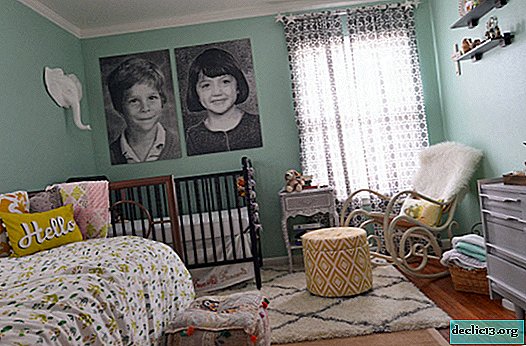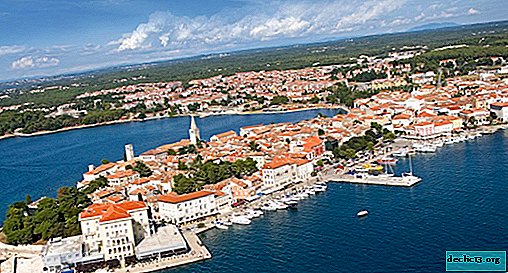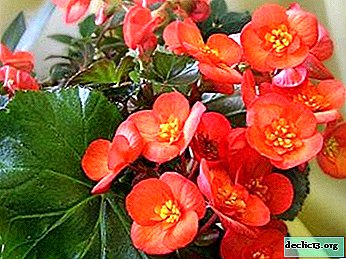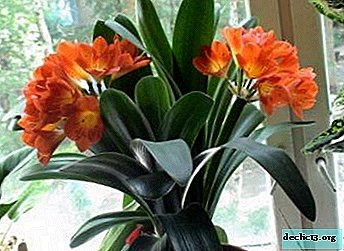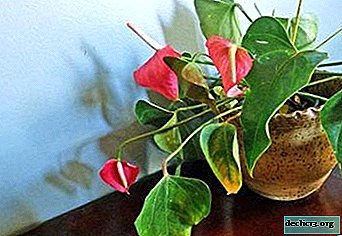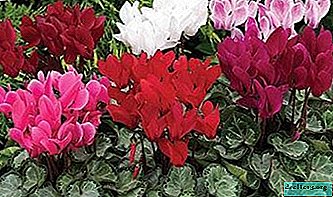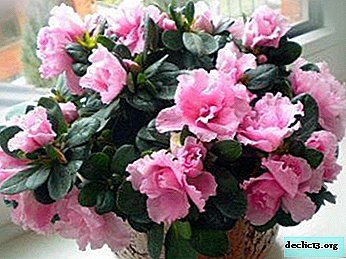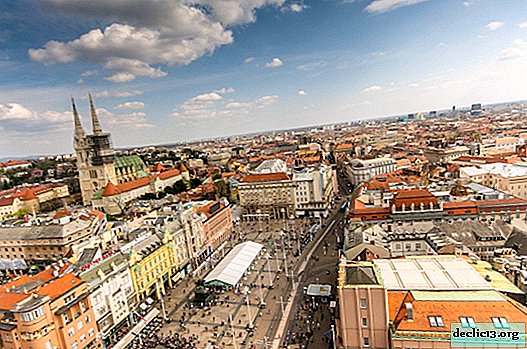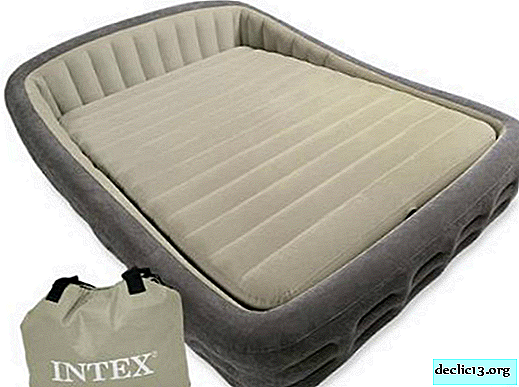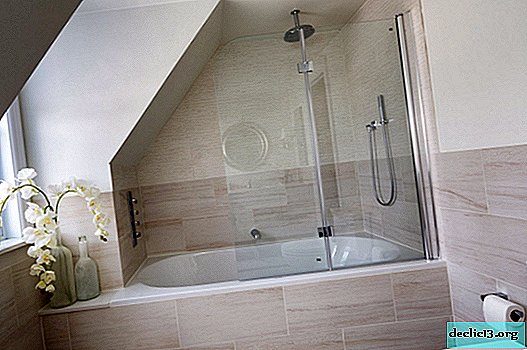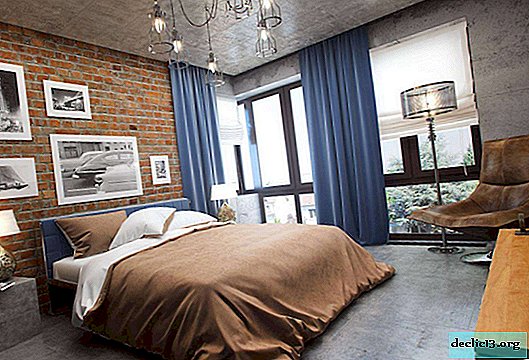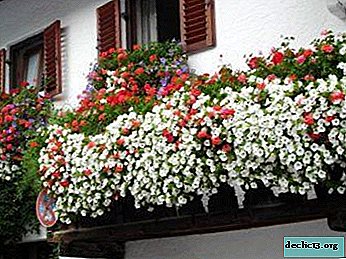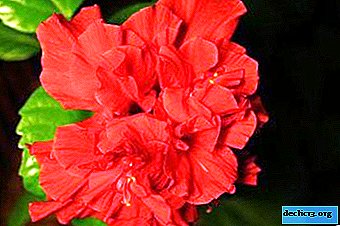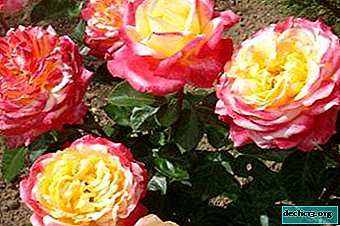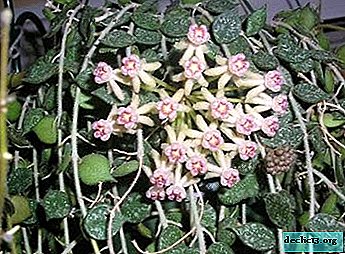Hue city - sights and beaches of the former capital of Vietnam
The city of Hue (Vietnam) is located in the heart of the country. From 1802 to 1945 he was the imperial capital of the Nguyen dynasty. Each emperor, in order to perpetuate his name, created architectural structures of amazing beauty. More than 300 historical sites that are protected by UNESCO have survived to this day. Today the city has the status of the administrative center of the province of Thyathyen-Hue. It covers an area of about 84 square meters. km, which is home to approximately 400 thousand inhabitants. Hue is famous for its historical and architectural monuments; colorful festivals and festivals are held here. And he is one of the important educational centers. In seven Hue higher education institutions (Institute of Arts, Foreign Languages, Medical, etc.), many foreign students study.
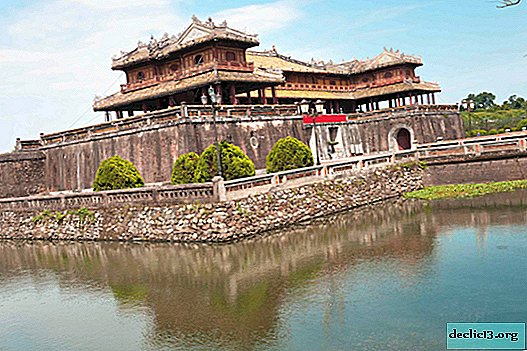
The whole of Hue is divided into two parts: the Old and the New City. The old part occupies the northern bank of the river. It is surrounded by a huge moat and walls. There are many attractions that will take you a day to explore.

Around the Old Town lies the New City, most of which is located on the other side of the river. In this area there is everything that tourists need: hotels, restaurants, cafes, banks, shops, entertainment. Although the Vietnamese city of Hue cannot be called a megalopolis, it cannot be attributed to the provincial backwater either. The city has many 10-story buildings, there are large shopping centers, hypermarkets. You can rent a bike or motobike quite inexpensively and travel around all the interesting places.
Attractions Hue
The main attractions of Hue (Vietnam) are located compactly, so you can get acquainted with them in one day. The first step is to visit the Citadel - the residence of the Vietnamese emperors.
Imperial City (Citadel)

This architectural monument was laid in 1804 by order of the first emperor of the Nguyen dynasty, Zia Long. The citadel surrounds a moat with a depth of 4 meters and a width of 30 meters. Powerful bastions and observation towers were installed around the entire perimeter to protect against enemies. Access to the city was ensured by hinged bridges and reliable gates.
From the outside, the Citadel is a well-protected fortress, and inside it turns out to be a rich royal court, divided into three parts: Civil, Imperial and Forbidden Purple City.

State administration was carried out from the Imperial city, and in the Forbidden City the emperor’s personal life was seething with passions. In the possession of the Citadel you can admire the Palace of Harmony, see the famous sacred guns, visit the Mandarin Oranges.
Entry Ticket a tourist attraction costs about $ 5. With this ticket you can not only freely walk around the town, but also go to the Bao Tang Museum, located outside it.
Working hours: 8:00 a.m. - 5:00 p.m. daily.
Forbidden Purple City
This is a whole complex of palaces in which members of the imperial family, concubines of the ruler, servants and doctors lived. The rest of the entry here was strictly prohibited. The entire architectural ensemble consisted of 130 buildings, most of which were damaged after the American bombing.

From what remains, you can see the military residence of the emperor, a room for court doctors, a place for meditation, a large kitchen, etc.
Ticket price about 6-7 dollars (depending on the course).
Opening hours: 8:00 - 17:00.
Imperial tombs
One of the brightest sights of Hue is represented by the tombs of monarchs. The “city” of tombs is located a few kilometers from Hue. The rulers perceived their life path as a transitional stage and prepared in advance for themselves a place where their soul will find peace and serenity. So majestic mausoleums were created, surrounded by parks, groves, arbors, lakes.
During the period 1802-1945 in Vietnam 13 rulers were replaced, however, for unknown reasons, only 7 of them created their own mausoleums. These tombs are outstanding architectural monuments, and they certainly must be seen. You can get there by boat on the river, but it is best to use a bicycle or motorbike rental. Of all the burials, the tombs of Ming Manga, Don Khan, Thieu Chi are of particular interest.
Tomb of Ming Manga

Compared to others, the tomb of Ming Manga amazes with its majestic and luxurious appearance. Minh Mang is known as the highly educated and cultural ruler of Vietnam.
The tomb was built for several years (since 1840) under the leadership of the emperor himself. But the ruler died before the end of work, and his successors completed the construction.
The whole complex consists of forty buildings. This is a very cozy, calm place on the banks of the Fragrant River, it harmoniously blends into wildlife and has a pleasant contemplation.
Tomb of Don Khan

It differs from all other crypts in its small dimensions and originality. Don Khan is the ninth emperor of the Nguyen dynasty (1885-1889). He owed his rule to the French, who expelled his brother. Don Khan was a puppet in the hands of the French; he did not rule Vietnam for long and died at the age of 25 from an illness.
The originality of the tomb is associated with the penetration of European culture into the country. It interweaves traditional Vietnamese architecture with French motifs, terracotta bas-reliefs and stained glass.
Tomb of Thieu Chi

The attraction is located two km from the crypt of Don Khan. She looks very modest, as Thieu Chi himself ordered. He was the most beloved and revered people ruler.
During the construction of tombs, signs of the earth, celestial forces, Vietnamese traditions, etc. were necessarily taken into account. However, in each imperial tomb, the personality of the buried ruler was reflected.
Creating a tomb for Thieu Chi, his son had to adhere to his father’s will, so it turned out to be conveniently planned and unpretentious. This is the only tomb not walled.
entrance each attraction costs about $ 4.
Working hours: 7:00 a.m. - 4:00 p.m. daily.
Pagoda Thien Mu
This unique historical monument is considered the hallmark of the city of Hue (Vietnam). The pagoda is located on a low hill on the north coast of the Fragrant River. It consists of seven tiers and rises to 21 meters.

On the left side of the tower in the six-pavilion contains a gigantic bell weighing more than two tons. His ringing is heard at a distance of more than 10 km. In the pavilion, located to the right of the tower, there is a sculpture of a huge marble turtle, symbolizing longevity and wisdom.
The creation of the pagoda in Hue dates back to the 1600s and is associated with the advent of the legendary fairy Thienmu. She told people that the prosperity of Vietnam would begin when their ruler Nguyen Hoang erected a pagoda. He heard this and ordered to begin construction.
A remarkable case is associated with this pagoda. In the 1960s, the authorities wanted to ban Buddhism, which led to discontent among the population. One monk staged a self-immolation in protest. Now this car on which he arrived is exhibited at the main sanctuary.
Truong Tien Bridge
Hue residents are rightfully proud of their Truong Tien Bridge, which is mounted on iron poles and is designed to connect the historical part and the modern resort. The bridge does not belong to historical monuments. It was created in 1899 by the famous engineer Eiffel, thanks to which the object gained worldwide fame. The design of the 400-meter bridge was developed taking into account the latest technologies of those years.

During its existence, the Truong Tien Bridge was subjected to the devastating effects of storms and was badly damaged after the American bombing. Only 23 years ago it was finally restored.
Cyclists move along the central part of the bridge, and the side ones are reserved for pedestrians. Of particular interest is Truong Thien in the evening, when the color lights turn on, repeating the graceful bends of the bridge.
Beaches
Hue has no access to the sea, so there are no beaches in the city itself. But in 13-15 kilometers from it there are several well-equipped beaches on the shores of the South China Sea. One of the most popular is Lang Co beach, where both foreign tourists and local residents like to relax.
Lang Co Beach
Lang Co Beach is white sand and blue waters for 10 km along the coast. Getting from Hue to him is very convenient, as the motorway runs along the beach. A hill separates the road from the beach, so the noise of the motors does not reach here.
Palm trees and grassy beach umbrellas create an amazing exotic atmosphere. It is good to relax with children here - the depth is no more than a meter, and the water is always warm. There are hotels and restaurants on the coast where you can have a delicious lunch.Find out RATES or book any accommodation using this form
Thuan An Beach
This beach is located near the village of Thuanan (only 13 km from Hue). It is conveniently accessible by rented bike or motobike. The beach attracts tourists with its beautiful nature, white sand and turquoise water. The infrastructure is practically absent, but it is always crowded and fun, especially during holidays and festivals.
Climate and weather
Hue has a monsoon climate, there are four seasons. Spring is fresh, summer is sultry, autumn is warm and mild, and winter is cool and windy. Summer heat reaches 40 ° C. In winter, the temperature is positive, on average 20 ° C, but sometimes it can drop to 10 ° C.

Because of the mountains of Son Chuong, located south, clouds are constantly gathering over Hue, so there are more cloudy days here than sunny. Often there are fogs, drizzling rain or heavy rains.
The dry season in this part of Vietnam lasts from January to August. The most comfortable temperature is in January-March (22-25 ° C heat), although it can be cold at night (below 10 ° C). The hottest time in Hue is June-August (air temperature is from +30 ° C and above).
The rainy season begins in late August and lasts until the end of January. Most showers occur in September-December. At this time, puddles on the roads do not dry out and are constantly wet.
Compare accommodation prices using this formIt is best to go to Hue from February to April, when it is not so hot and it rarely rains.
Going on a trip to the city of Hue (Vietnam), you will see a lot of interesting things. In addition to the listed attractions, you should definitely visit the Bachma National Park, at the hot springs with mineral water, and see with your own eyes the amazing Fragrant River. And having arrived here in June, you will be able to take part in bright holidays and large-scale costumed processions.

